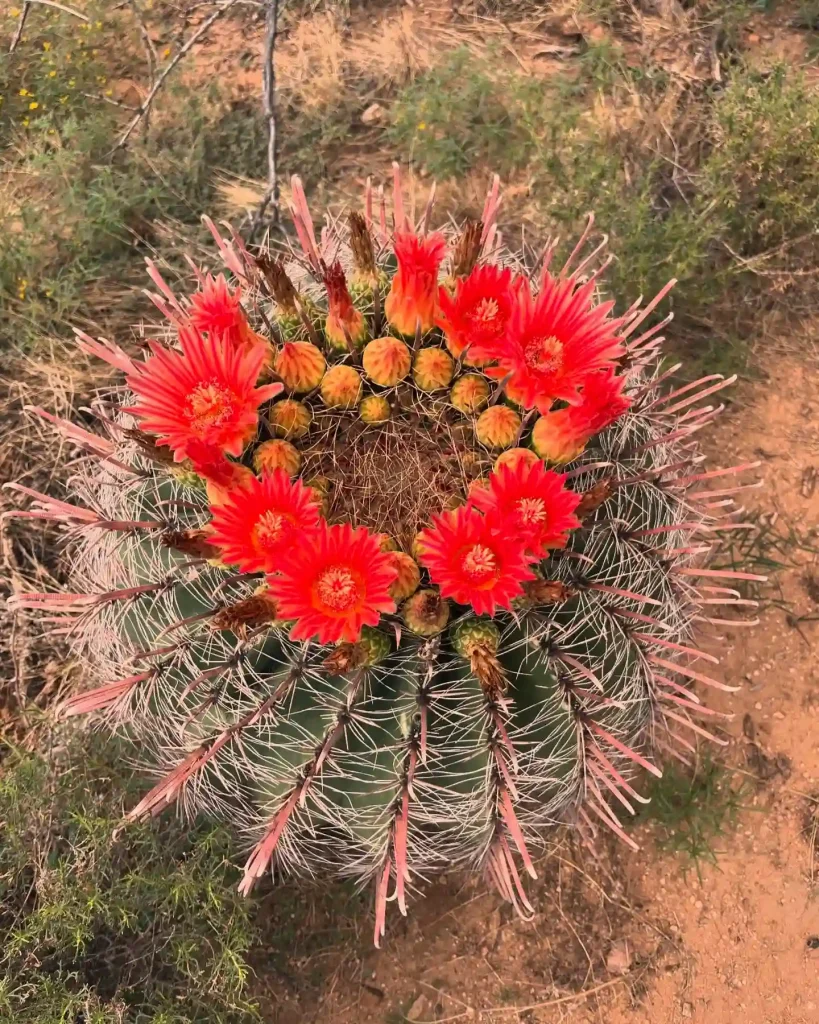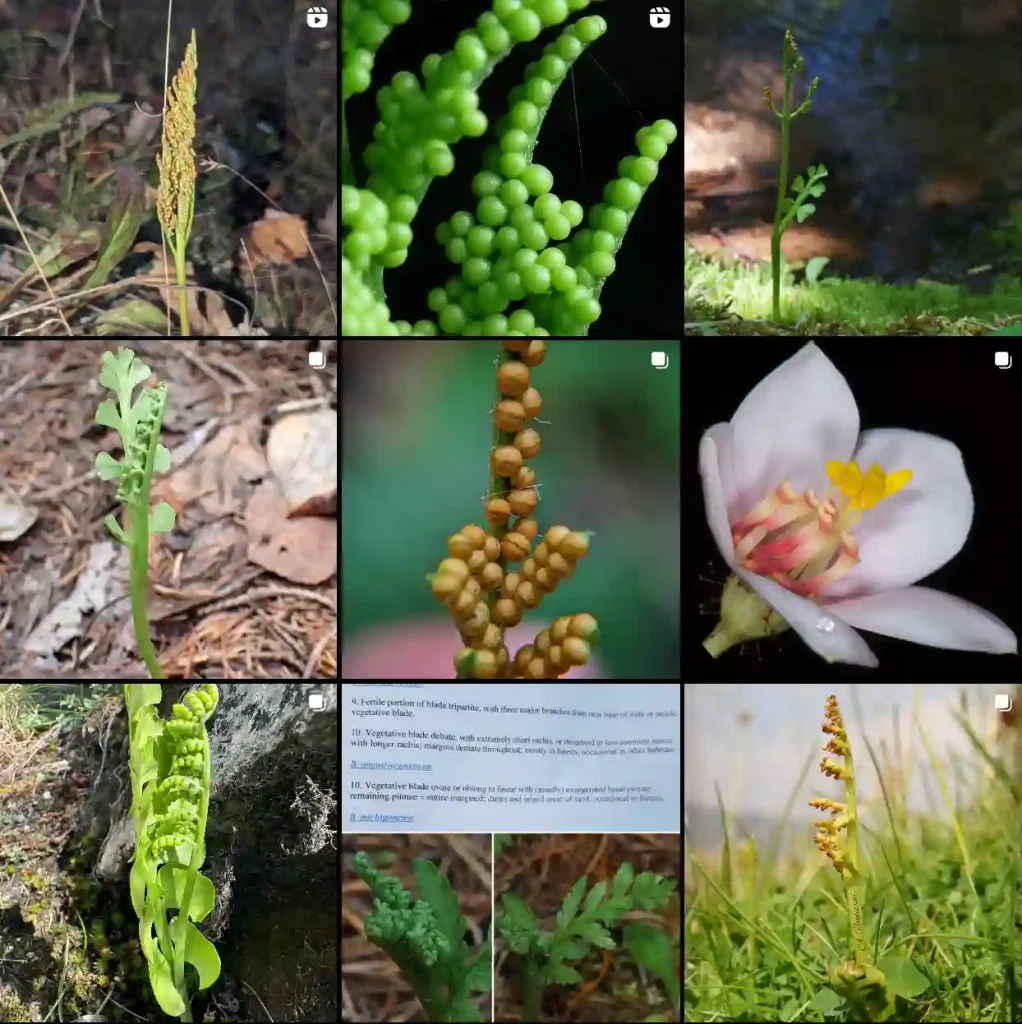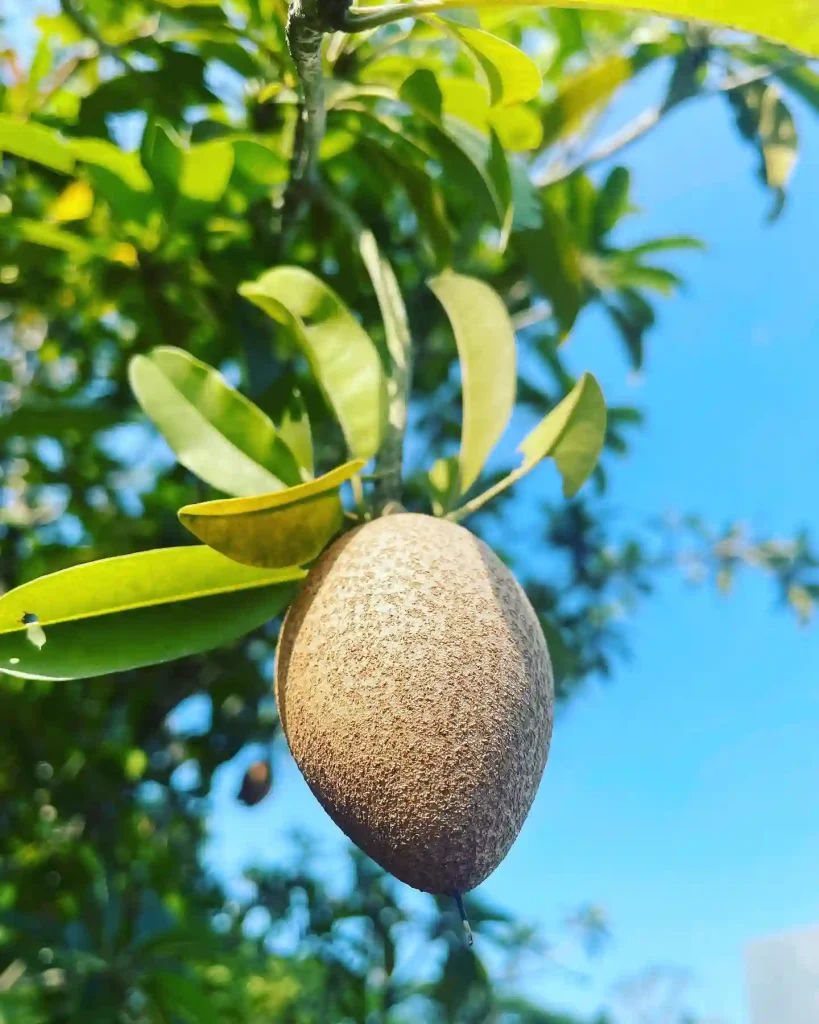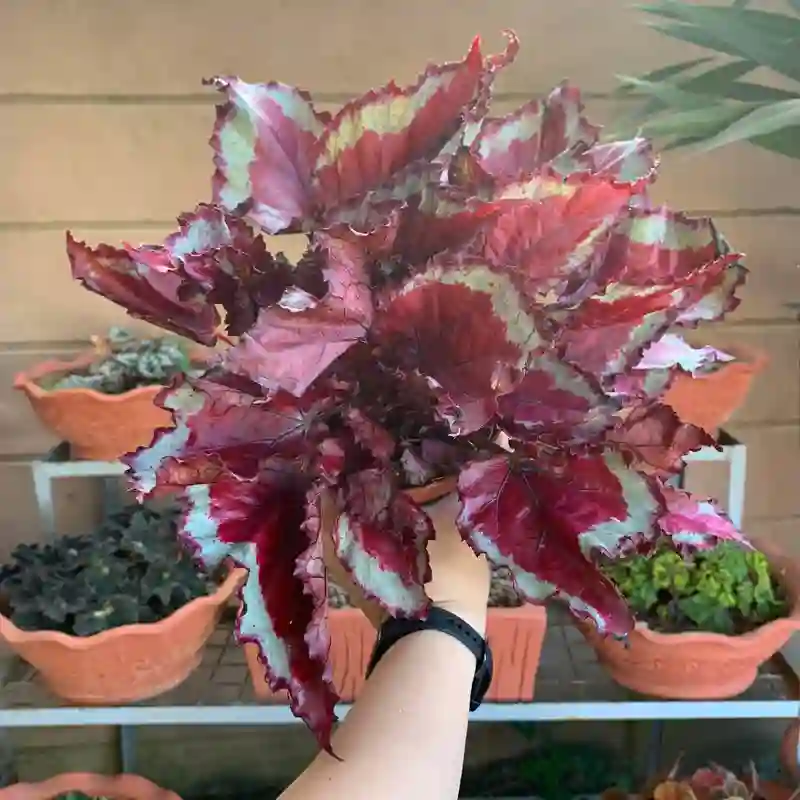Zea: A Deep Dive into the Genus That Feeds the World (and More)
I’ve always been fascinated by the diversity of life, the myriad ways plants have adapted to thrive in every corner of our planet. But there’s one genus that holds a special place in my heart, and my stomach: Zea from Poaceae family. You might know it better by its most famous member, corn. But there’s more to Zea than meets the eye, and I’m excited to share some of its secrets with you.
More Than Just Corn: Exploring the Species in Zea
Most people, when they hear “Zea,” immediately think of cornfields stretching to the horizon, their golden tassels swaying in the breeze. And for good reason! Zea mays subsp. mays, the domesticated subspecies, is a cornerstone of human civilization, a staple food crop that feeds billions. But corn, or maize as it’s known in many parts of the world, is just one member of a fascinating family.
The genus Zea actually comprises 7 distinct species, each with its own unique characteristics and evolutionary history:
- Zea diploperennis: This perennial species is native to Mexico and is known for its resistance to drought and unique genetic characteristics that contribute to its adaptability.
- Zea luxurians: Found primarily in tropical regions of Central America, Zea luxurians is notable for its tall stature and large, flavorful ears, making it a valuable resource for local agriculture.
- Zea mays: Commonly known as maize or corn, Zea mays is one of the most widely cultivated cereal crops globally, essential for food, feed, and industrial products.
- Zea mexicana: This wild species, native to Mexico, plays a crucial role in maize’s genetic diversity and is important for research into crop improvement and adaptation.
- Zea nicaraguensis: Endemic to Nicaragua, this wild maize species is significant for its unique genetic traits that may offer insights into drought resistance and disease tolerance.
- Zea perennis: Known as the perennial teosinte, Zea perennis is a rare, perennial grass that is often studied for its evolutionary relationship with cultivated maize and its potential agricultural benefits.
- Zea vespertilio: This lesser-known species, native to the Americas, is recognized for its distinct genetic makeup, which contributes to the understanding of maize’s evolution and diversification.
The Origins and Evolution of Zea
The story of Zea is a story of deep time, of evolutionary journeys spanning millennia. The genus originated in Mesoamerica, likely in Mexico, over 7 million years ago. Imagine: these ancient grasses, the ancestors of modern maize, growing wild in a landscape vastly different from the one we know today.
Over time, through a combination of natural selection and human intervention, these wild grasses were transformed into the crop we now rely on so heavily. The domestication of maize, which began around 9,000 years ago, is a testament to human ingenuity and our ability to shape the natural world.
The Importance of Zea
Why should we care about Zea? Well, beyond the obvious culinary delights of corn on the cob, this genus plays a vital role in our world:
- Food Security: Maize is a staple food for billions of people worldwide, particularly in Latin America, Africa, and parts of Asia. Its adaptability and high yield make it a crucial source of calories and nutrition.
- Economic Impact: The cultivation, processing, and trade of maize contribute significantly to the economies of many countries. From smallholder farmers to multinational corporations, Zea plays a role in livelihoods across the globe.
- Environmental Significance: While large-scale maize production can have environmental drawbacks, Zea species also play a role in ecosystem health. Wild teosintes, for example, provide habitat for wildlife and contribute to biodiversity.
- Scientific Research: The genus Zea is a valuable model organism for genetic research, helping scientists understand everything from plant evolution to disease resistance.
Looking Ahead: The Future of Zea
As we face challenges like climate change and a growing global population, the genus Zea takes on even greater importance. Researchers are working to develop maize varieties that are more resilient to drought, pests, and diseases, ensuring food security for future generations.
The wild relatives of maize, those often-overlooked teosintes, hold a wealth of genetic diversity that could be crucial in these efforts. By understanding and conserving these wild species, we can help safeguard the future of this vital genus.
For me, Zea represents the intricate connection between humans and the natural world. It’s a story of evolution, of domestication, of our reliance on the plant kingdom. It’s a reminder that even the most familiar things, like an ear of corn, hold hidden depths waiting to be explored.
If i die, water my plants!



